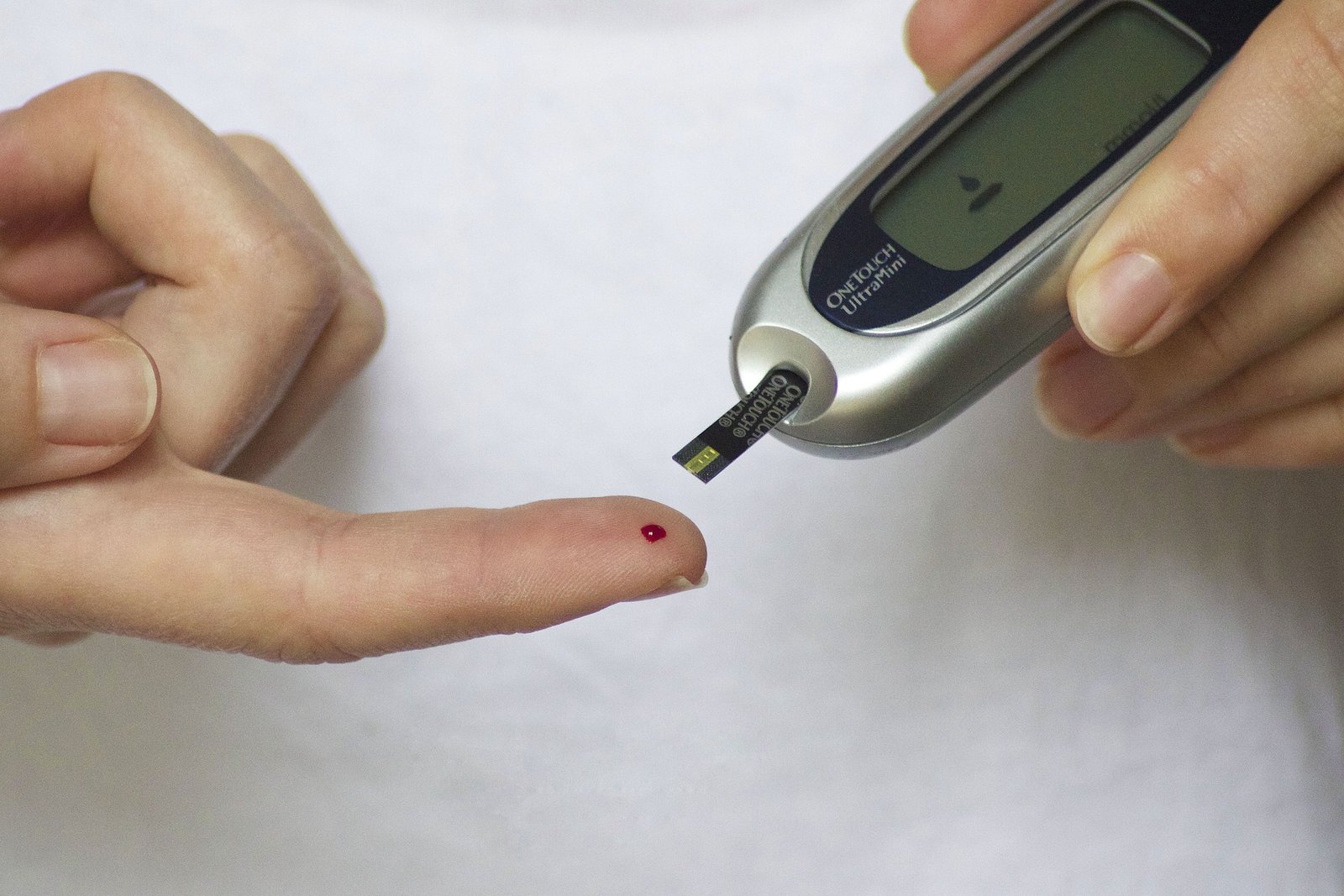In this blog post, we will explore an intriguing connection between reversing diabetes and eliminating fat from the liver. While medical professionals often refer to it as “putting diabetes in remission,” the underlying principle remains the same: by addressing insulin resistance and reducing liver fat, it is possible to reverse the effects of diabetes. We will delve into the data supporting this concept, examine the relationship between a fatty liver and diabetes, and explore practical steps to achieve significant improvements in insulin resistance and overall health.

The Role of Insulin Resistance and the Liver-Muscle Connection
- Understanding the development of insulin resistance in the muscles and liver
- Debunking conflicting data and highlighting the key role of insulin resistance in diabetes
- The impact of a fatty liver on insulin resistance and diabetes progression
The Liver’s Dual Function: Detoxification and Glucose Storage
- Unveiling the liver’s primary functions, beyond detoxification
- Glycogen storage in the liver and its crucial role in providing glucose to the body
- The significance of liver glycogen for brain and organ function during periods of fasting and exercise
The Path to Diabetes: Insulin Resistance, Fatty Liver, and Beta Cell Dysfunction
- Tracing the progression from insulin resistance to pre-diabetes and diabetes
- The accumulation of fat around the pancreas and its impact on beta cell function
- Dispelling the notion that beta cell dysfunction is irreversible in type 2 diabetes
Removing the Fat: The Key to Reversing Diabetes
- Emphasizing the criticality of fat removal from the liver for improving insulin resistance
- The subsequent reduction of fat in the pancreas and improved beta cell function
- Timeframes for fat removal: six days for insulin resistance and up to eight weeks for the pancreas
The Power of Ketones: Shifting the Body’s Fuel Source
- Exploring the brain’s preference for both glucose and ketones as fuel
- Debunking misconceptions about ketones and their association with ketoacidosis
- Understanding the benefits of a ketogenic diet for reducing liver fat and improving insulin sensitivity
Practical Steps to Reverse Diabetes and Improve Liver Health
- Transitioning to a ketogenic diet and prioritizing high-fiber vegetable carbohydrates
- Appropriate protein intake and the recommended portion sizes
- Leveraging the benefits of apple cider vinegar and lemon to enhance insulin sensitivity
- Allowing appetite to dictate meal frequency and avoiding unnecessary snacking
- Incorporating regular exercise to further improve insulin sensitivity and overall health
Conclusion:
By addressing the root causes of diabetes and focusing on the critical connection between a fatty liver and insulin resistance, it is possible to reverse the course of the disease. Through a ketogenic diet, proper nutrition, strategic supplementation, and regular exercise, individuals can improve liver health, reduce liver fat, and ultimately reverse insulin resistance. By adopting these lifestyle changes, individuals can take control of their health and experience the transformative power of reversing diabetes.
References:
- Reversing Type 2 Diabetes: A Narrative Review of the Evidence
- A Preclinical Consortium Approach for Assessing the Efficacy of Combined Anti-CD3 Plus IL-1 Blockade in Reversing New-Onset Autoimmune Diabetes in NOD Mice
- Generation and selection of pluripotent stem cells for robust differentiation to insulin-secreting cells capable of reversing diabetes in rodents
- The Role of Glucose and Fatty Acid Metabolism in the Development of Insulin Resistance in Skeletal Muscle
- Reversal of diet-induced hepatic steatosis and hepatic insulin resistance by antisense oligonucleotide inhibitors of acetyl-CoA carboxylases 1 and 2
- Partial impairment of insulin receptor expression mimics fasting to prevent diet-induced fatty liver disease
